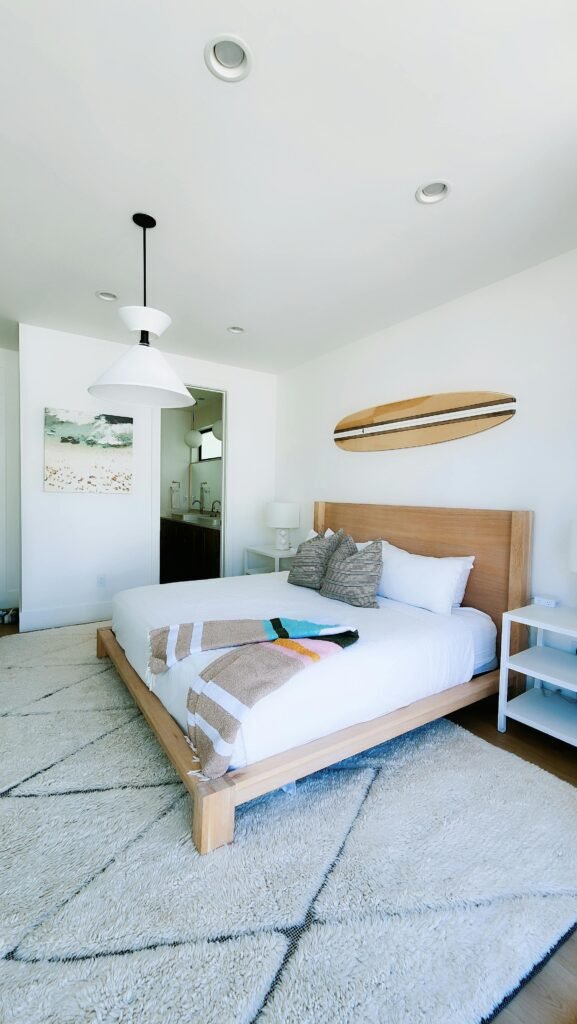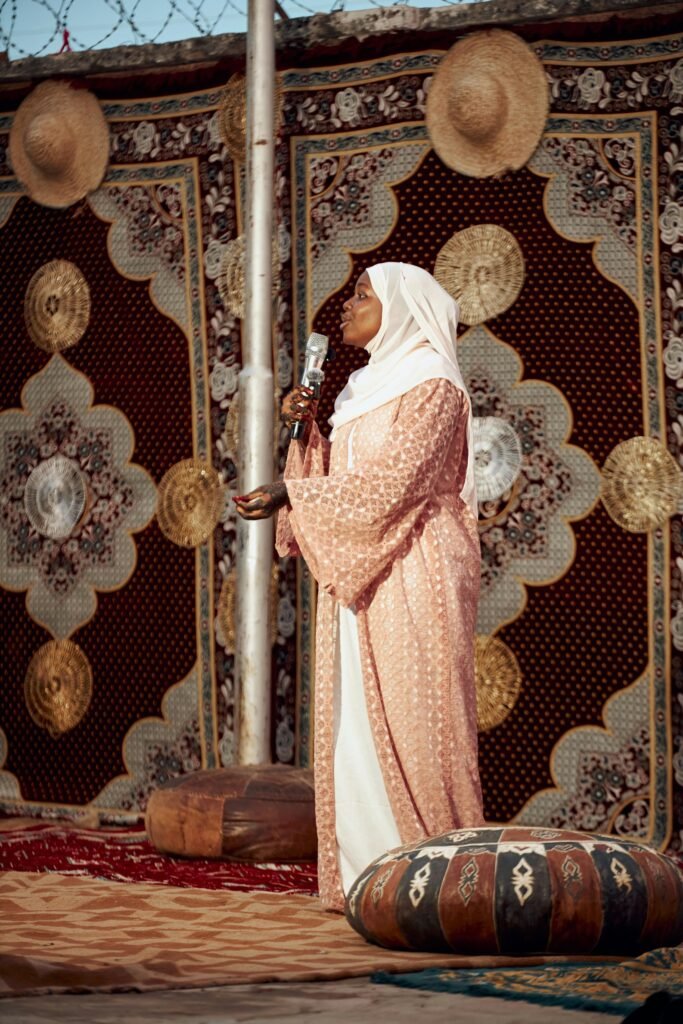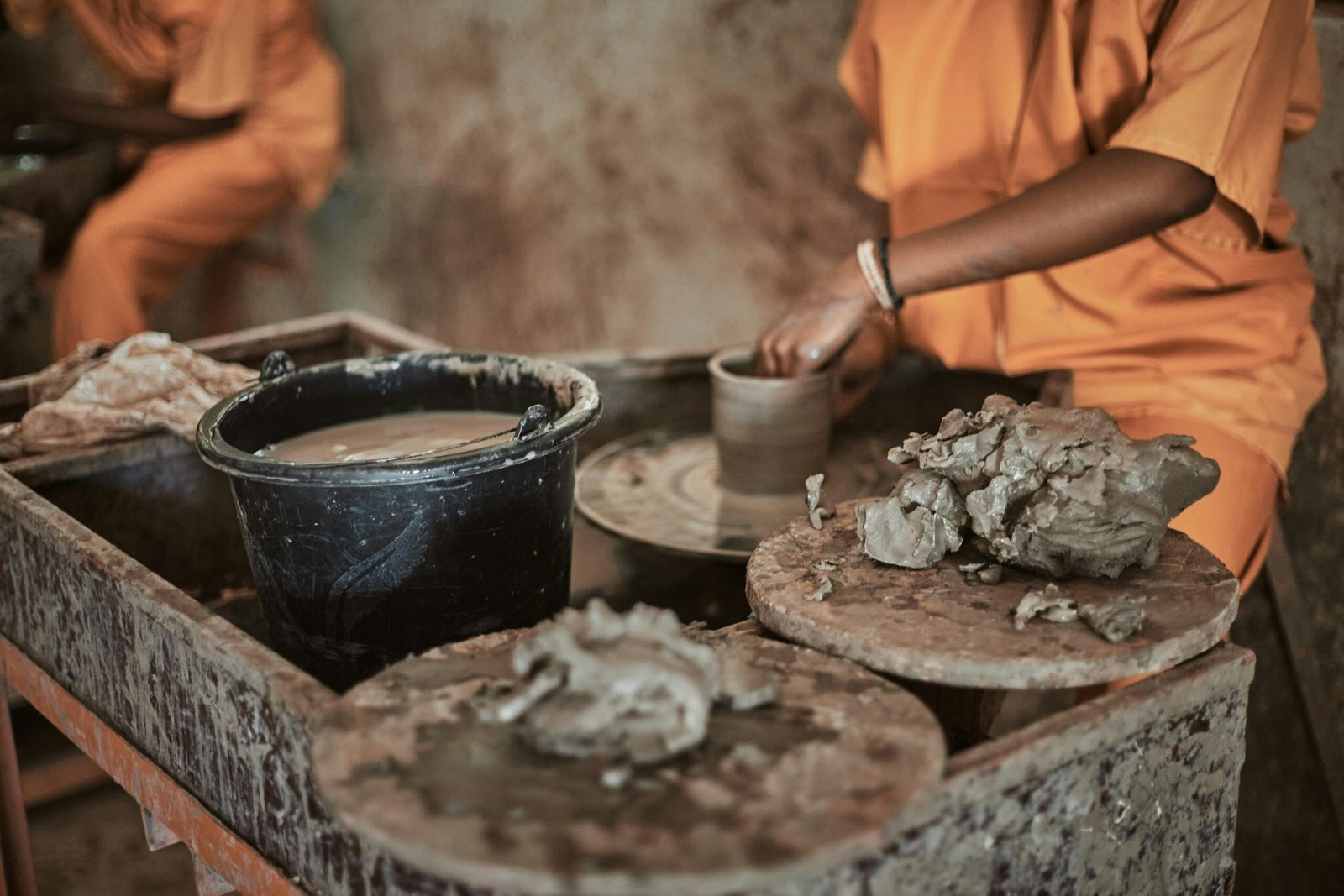?Not sure how to choose throw pillows that match your sofa and make your living room feel finished and balanced?

How Do I Choose Throw Pillows That Match My Sofa?
You want your sofa to look inviting, styled, and cohesive without feeling overthought. Choosing the right throw pillows is one of the fastest ways to transform your seating area, but it can feel tricky when you’re deciding on color, pattern, texture, scale, and quantity.
Why Throw Pillows Matter
Throw pillows are more than decoration — they add comfort, personality, and a sense of proportion to your sofa. The right pillows can highlight your sofa’s best features, tie together other elements in the room, and give you an easy way to refresh the look seasonally or for special occasions.
Understand Your Sofa First
Before you choose pillows, get to know your sofa’s key attributes. The sofa’s color, scale, style, and fabric will guide every pillow decision you make.
Identify the Sofa’s Dominant Color
Look at the main color of your sofa, not just subtle undertones. That dominant hue sets the stage for complementary and accent pillow choices. If your sofa has a multi-tonal upholstery, focus on the most visible shade when selecting coordinating pillows.
Note Undertones and Neutral Bases
Neutral sofas (beige, gray, taupe) often have warm or cool undertones. Determining if your neutral is warm (yellow, red undertones) or cool (blue, green undertones) helps you pick pillow colors that won’t clash. You want the undertones to harmonize rather than fight.
Consider Sofa Style and Era
A mid-century modern sofa, a classic Chesterfield, or a casual sectional each suggest different pillow styles. You can complement a formal sofa with refined textures and structured shapes, while a casual sofa can handle playful mixes and softer forms.
Examine Fabric and Texture of the Sofa
A velvet sofa, leather couch, or woven linen piece all react differently to pillows. Heavy textures like boucle or leather might need contrasting soft textures to soften the look, while a plain linen sofa may welcome richer textures to add interest.
Use Color Theory to Guide Choices
Color decisions are where many people hesitate. A little color theory, applied practically, will help you create coordination rather than confusion.
Choose a Color Scheme
You can work with a few common schemes:
- Monochromatic: variations of the sofa color for a subtle, sophisticated effect.
- Analogous: colors next to your sofa color on the color wheel (e.g., blue-green with blue).
- Complementary: colors opposite your sofa color for high contrast and punch.
- Accent-based: neutral sofa with bold accent colors pulled from room elements (art, rug, or accessories).
Pick one dominant approach and use it consistently across pillow choices.
How to Use a Color Sample
If you’re uncertain, bring a small swatch or photo of your sofa to the store. Matching fabric in natural light helps avoid unpleasant surprises. You’ll see whether a pillow’s color leans too warm or cool against your sofa’s surface.
Use the 60-30-10 Rule
Apply this classic interior design ratio: 60% dominant color (sofa), 30% secondary (bigger pillows or other furniture), and 10% accent (small pillows or accessories). This creates a balanced and intentional look.
Patterns: Mix with Confidence
Patterns add personality, but mixing patterns requires planning. Use scale, repetition, and color to create harmony.
Balance Pattern Scale
Use at least three scales of pattern: a large print, a medium repeat, and a small-scale or solid pillow. This variety prevents the grouping from looking flat or chaotic.
Repeat Colors Across Patterns
Make sure at least one color ties the patterned pillows back to the sofa or other room elements. Repetition of color creates visual flow.
Use Geometric, Floral, and Abstract Patterns Carefully
Consider the room’s vibe: geometric patterns are modern and crisp, florals can be traditional or cottage-like, and abstract patterns often feel contemporary or artistic. Your sofa’s style can guide which pattern language makes sense.
Pattern Mixing Table
| Pattern Type | Visual Effect | Pair With |
|---|---|---|
| Large-scale floral | Bold focal point | Solids, small geometrics |
| Stripes | Clean, linear energy | Solids, florals with similar scale |
| Plaid/check | Cozy, classic | Solids, small-scale patterns |
| Geometric | Modern, structured | Muted solids, abstract prints |
| Small repeat (dots, tiny motifs) | Subtle texture | Larger patterns, solids |
Texture and Fabric Choices
Texture adds depth even when color and pattern are restrained. Think tactile as well as visual — pillows should be pleasant to touch.
Match and Contrast Textures
If your sofa is smooth (leather, velvet), add textured pillows like chunky knits, woven linens, or boucle to create contrast. If your sofa is already textured, favor smoother pillow fabrics to avoid overwhelming the eye.
Consider Fabric Functionality
Kids, pets, or frequent spills call for durable or washable fabrics. Think about performance fabrics, removable covers, or easy-clean fibers like microfiber.
Fabric Comparison Table
| Fabric | Feel/Look | Durability | Best For |
|---|---|---|---|
| Linen | Natural, slightly textured | Moderate | Casual, summer refresh |
| Velvet | Luxurious, rich color | Moderate | Formal, cozy spaces |
| Cotton | Soft, breathable | Moderate-high | Everyday use, prints |
| Wool / Knit | Warm, tactile | High | Cold climates, cozy look |
| Leather / Faux Leather | Sleek, structured | High | Modern, easy to wipe |
| Performance fabrics | Stain-resistant, durable | Very high | Families, pets, spills |
Sizes and Shapes Matter
Selecting the right sizes and shapes affects comfort and visual balance on the sofa.
Common Sizes and When to Use Them
Standard sizes include:
- 18×18 inches: versatile and the most common for general use.
- 20×20 inches: slightly larger, works well on bigger sofas or as anchor pillows.
- 22×22 inches: best for wide, deep sofas or sectional corners.
- Lumbar (12×20 or 14×22): great for lower back support and to add variety.
- Bolster/round: offer unique shapes and can soften linear sofas.
Pillow Size Guide Table
| Sofa Width | Recommended Pillow Sizes | Quantity Suggestion |
|---|---|---|
| Small (up to 72″) | 18×18 or 16×16 | 2-3 pillows |
| Medium (72-96″) | Mix of 18×18 and 20×20 + 1 lumbar | 3-5 pillows |
| Large (96″+) | 20×20, 22×22 + 1-2 lumbars | 5-7 pillows (for sectionals combine sides) |
Shape Combinations
Mix squares with one or two lumbars for a layered look. A combination of square + lumbar + a decorative round or bolster adds visual interest and ergonomic support.

Number of Pillows and Arrangement
There’s no single rule, but a balanced approach looks intentional and functional.
Balance Symmetry and Asymmetry
Symmetrical arrangements (pairs on each side) feel formal and tidy. Asymmetrical clusters (three on one side, one on the other) feel relaxed and eclectic. Choose an approach that matches the room’s energy.
How Many Is Too Many?
Avoid crowding the sofa. If pillows prevent comfortable seating, you have too many. For small sofas, 2-4 pillows; for medium, 3-5; for large/sectional, 5-7 per main seating area.
Layout Ideas Table
| Layout Type | Description | Best For |
|---|---|---|
| Paired | Matching pairs on each end | Formal spaces, balanced look |
| Center Cluster | Two larger pillows + lumbar in center | Small sofas, single-seat focus |
| Layered | Back row of larger pillows, front row of smaller accents | Visual depth, textures |
| Asymmetric | Three on one side, one on other | Casual, modern rooms |
Color and Pattern Examples for Common Sofa Colors
Here are practical combos you can apply to specific sofa colors.
Neutral Beige or Taupe Sofa
You can add either warm or cool accents. Earthy greens, terracotta, rust, navy, and blush all pair well.
- Try: 2 large neutral textured pillows, 1 medium patterned pillow with rust and navy, 1 small lumbar in navy.
Gray Sofa
Gray is versatile and depends on undertone.
- Cool gray: Pair with mustard, teal, navy, or jewel tones.
- Warm gray: Pair with warm oranges, pinks, and olive greens.
- Try: Monochrome mix of charcoal + soft gray + pop of mustard.
Blue Sofa
Blue sofas can take complementary oranges, warm brass tones, or soft neutrals.
- Try: 1 large patterned pillow with blue and rust, 1 textured cream pillow, 1 lumbar in deep rust.
Patterned or Multitone Sofa
Pick pillows that pull colors from the sofa’s print and add at least one neutral or texture-only pillow.
- Try: 1 solid pillow matching a secondary color from the pattern, 1 small print with a coordinating color, 1 textured neutral.
Seasonal and Functional Considerations
Use pillows to shift the mood across seasons or to address functional needs.
Seasonal Swaps
Light linens and cottons for spring/summer; velvet, wool, and warmer tones for fall/winter. Swapping covers is an easy way to refresh the room without buying new cushions.
Pet and Child-Friendly Options
Choose removable, washable covers or durable performance fabrics. Darker colors and small-scale patterns can hide stains and fur better than solid light colors.
Travel and Storage Tips
Store extra seasonal pillows in breathable bags to prevent dust and flattening. You can rotate pillows from closets or storage benches to switch looks quickly.

Budgeting and Shopping Smart
You don’t have to spend a lot to get great-looking pillows.
Set a Budget and Mix Price Points
Combine a few higher-quality pillows (for anchors) with more affordable accent pillows. Handmade or artisan pieces can be focal points without breaking the bank.
Look for Removable Covers
Buying pillow inserts once and multiple covers allows seasonal changes and easier cleaning. Inserts like down-feel or feather/down offer comfort; high-density foam is supportive and holds shape.
Smart Shopping Checklist
- Measure your sofa and note preferred sizes.
- Take a photo or swatch of sofa fabric.
- Buy inserts slightly larger than covers for a plump look (e.g., 22″ insert for 20″ cover).
- Prioritize washable or easy-care covers if needed.
DIY and Custom Options
Making or customizing pillow covers gives you full control over color, pattern, and size.
Custom Cover Benefits
You can match throws to specific fabrics in the room, create custom sizes for awkward sofas, and choose premium linings or zippers for longevity.
Simple DIY Tips
If you sew, use heavier-weight fabrics for structure and line fragile fabrics. Use upholstery-grade thread and hidden zippers for a clean finish. For no-sew options, consider fabric glue or iron-on hems for basic covers.
Care and Maintenance
Pillow longevity depends on how you clean and store them.
Washing and Spot Care
Always follow label instructions. Many covers can be machine washed on gentle cycle; delicate fabrics like velvet may require professional cleaning. Spot treat stains immediately with the correct cleaning agent for the fabric type.
Fluffing and Rotating
Fluff pillows daily or weekly to maintain shape. Rotate positions to prevent uneven wear and fading. For feather-down inserts, occasional airing outdoors helps refresh the fill.
Storage Recommendations
Keep spare pillows in a cool, dry place in breathable storage bags. Avoid compressed plastic bags for long-term storage, as they can trap moisture.
Mistakes to Avoid
Avoid a few common pitfalls that make pillow styling feel off.
Too Many Matching Pillows
While symmetry is good, too many identical pillows can look staged. Mix textures and patterns for a curated feel.
Ignoring Scale
Small pillows on a large sofa can look lost, while oversized pillows on a small sofa dominate the space. Use the size guide earlier in this article to get scale right.
Mismatched Undertones
A pillow that looks like it matches in the store might clash at home because of undertones. Always check fabric against the sofa in the actual room lighting.
Forgetting Function
Pillows should be comfortable to sit with. Avoid delicate materials in high-use spots and ensure lumbar options exist if people need back support.
Quick Styling Checklist Before You Buy
Use this short checklist to ensure every pillow choice supports the final look.
- Have you measured your sofa and seating depth?
- Do you know the sofa’s undertone and dominant color?
- Did you choose a color scheme (monochrome, analogous, complementary)?
- Are you mixing at least two textures and three pattern scales?
- Did you select appropriate sizes and shapes for the sofa scale?
- Can covers be washed or replaced as needed?
- Do the pillows support your lifestyle (pets, kids, frequent entertaining)?
Examples and Combinations You Can Try
Here are practical combos to apply immediately.
Example 1 — Modern Neutral Sofa (Gray)
- Two 20×20 charcoal velvet pillows for richness.
- One 18×18 patterned pillow with charcoal, mustard, and cream.
- One 14×22 lumbar in mustard for contrast and support.
Example 2 — Beige Linen Sofa (Casual)
- Two 20×20 woven linen in warm beige for texture.
- One 18×18 terracotta solid for a pop.
- One 12×20 lumbar in olive green patterned fabric tying in room plants.
Example 3 — Navy Blue Sofa (Bold)
- Two 22×22 cream textured pillows for brightness.
- One 20×20 pillow in a large-scale floral mixing navy and coral.
- One small leather or faux-leather bolster for structure.
Final Tips for Confident Pillow Choices
Trust your eye and test combinations in place before buying too many matching pieces. Pillows are among the most flexible styling tools you own — they’re easy to switch, store, or replace as your tastes evolve.
Try Before You Commit
If possible, buy one or two pillows first and live with them a week to see how they read with light and use. You can always expand or adjust the mix based on what you notice.
Keep a Visual Reference
Take a photo of your sofa in natural light and use it when shopping online or in stores. It makes color matching far easier and reduces buying mistakes.
Prioritize Comfort and Practicality
Beautiful pillows that don’t serve your daily needs are not useful. Balance aesthetics with function by choosing supportive inserts and durable fabrics where you’ll be sitting most.
Resources and Where to Look
You have many options when sourcing pillows: major home stores, boutique makers, flea markets, and custom upholstery shops. Local artisans often offer unique fabrics and better-made covers, while large retailers provide affordability and variety.
Helpful Final Thought
When you match pillows to your sofa thoughtfully, you’re creating a comfortable, cohesive seating area that reflects your style. Use color, pattern, texture, and scale intentionally, and you’ll build arrangements that look stylish and feel right for how you live.
If you tell me your sofa color, style, and how many people usually sit there, I can give a tailored pillow combination and layout you can use right away.
